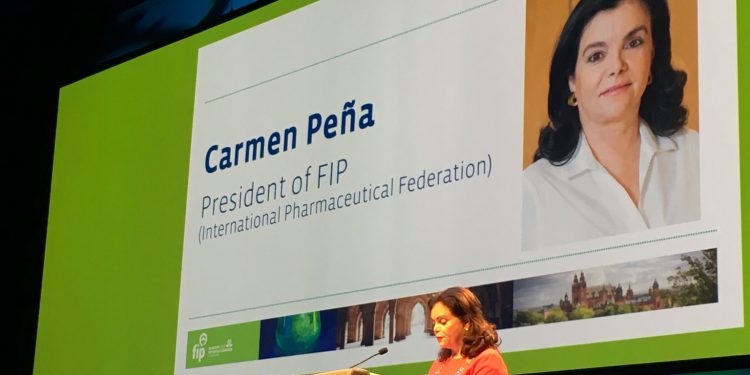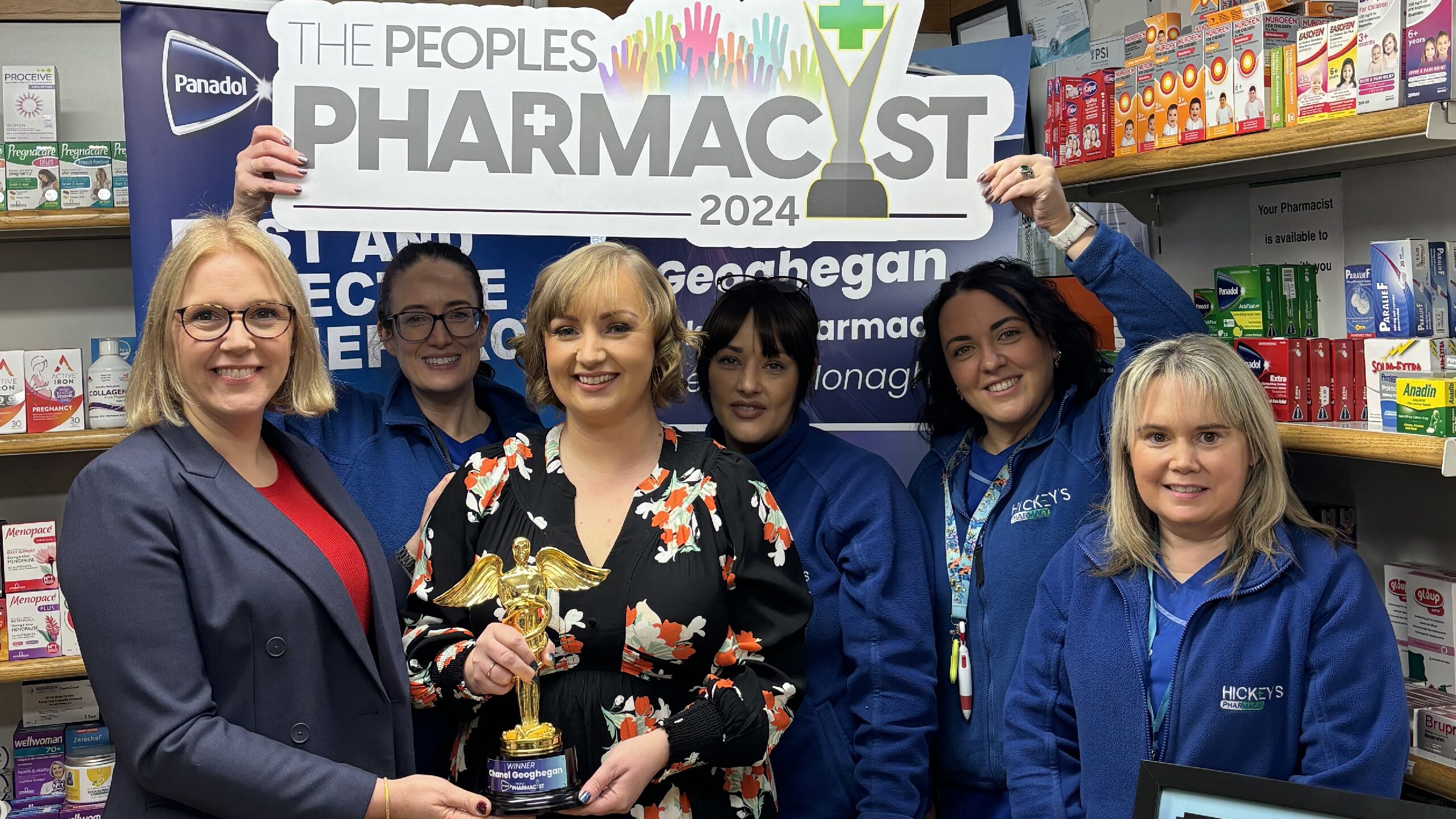Almost three quarters of the global pharmacy workforce will be women by 2030, predict the authors of a report who mapped industry trends over the past decade.
The report from the International Pharmaceutical Federation, Pharmacy workforce intelligence: Global trends, analysed workforce data collected from 75 countries between 2006 and 2016.
It shows the total number of pharmacists has increased since 2006, projects a further increase in the global pharmacy workforce of up to 40% by 2030.
In Ireland, the “pharmacist density” – the number of pharmacists per capita – has risen over the past decade from 8.5 per 10,000 people to 11.8. This ranks Ireland in the top 12 countries for pharmacist density.
According to the report, low-income countries experienced the slowest growth and the industry faces a widening income-based capacity gap between countries.
The study, published at the 78th World Congress of Pharmacy and Pharmaceutical Sciences, points to a steady increase in the proportion of women in the pharmacy workforce. The South East Asia region showed the highest proportional increase in female pharmacists.
The authors predict that, if current trends continue, there will be an overall global increase of almost 16% in female workforce participation by 2030, resulting in an estimated female workforce of 72%. The report suggests this should become a significant factor for workforce planning for many countries.
“The increasing proportion of women in the workforce will have complex implications for health workforce planners ― which will include a hard look at gender equity issues in addition to a greater professional and economic focus on how we support ‘return to practice’ after career breaks,” said the report’s lead author, Professor Ian Bates.
The report suggests there is a pressing need for further analysis of workforce intelligence in a bid to better understand regional trends.









